
Fleas can be a pesky nuisance, causing discomfort and irritation for both humans and pets. If you’re dealing with a flea infestation in your house, it’s crucial to take swift action to eliminate these unwelcome guests.
Understanding Fleas: Identification and Behavior
Before we delve into the methods of getting rid of fleas, let’s gain a better understanding of these tiny creatures. Fleas are small, wingless insects that feed on the blood of mammals and birds.
The most common type of flea infesting households in the UK is the cat flea (Ctenocephalides felis). They are reddish-brown in color and have a flattened body, enabling them to move easily through the fur.
Fleas have a remarkable ability to jump long distances, which helps them latch onto hosts, including humans and pets, for feeding.
These pests can reproduce rapidly, with adult fleas laying up to 50 eggs per day. The eggs then hatch into larvae, which develop into pupae and eventually emerge as adult fleas.
Signs of Flea Infestation in the House
Identifying a flea infestation in your house is crucial for taking prompt action. Here are some common signs to watch out for:
- Bite Marks: Flea bites typically appear as small, red, itchy bumps clustered together, often on the lower legs and feet.
- Pet Scratching: If your pet is constantly scratching, biting, or licking themselves excessively, it may indicate fleas.
- Flea Dirt: Flea droppings, often referred to as flea dirt, resemble black pepper specks and can be found on your pet’s bedding or in carpeted areas.
- Visible Fleas: Spotting adult fleas on your pet’s fur or in your home is a clear sign of infestation.
- Allergic Reactions: Some individuals and pets may develop an allergic reaction to flea bites, resulting in more severe itching, swelling, or rash.
If you notice any of these signs, it’s important to take immediate action to prevent the infestation from worsening.
How to Get Rid of Fleas in the House
To eliminate fleas from your home quickly, follow these effective methods:
1. Vacuuming and Cleaning

One of the first steps in eradicating fleas is thorough vacuuming. Pay special attention to areas where your pets spend most of their time, such as carpets, rugs, furniture, and bedding.
Vacuuming helps remove fleas, eggs, larvae, and pupae from the environment. Remember to dispose of the vacuum bag or empty the canister outside to prevent re-infestation.
2. Washing and Treating Bedding and Fabrics
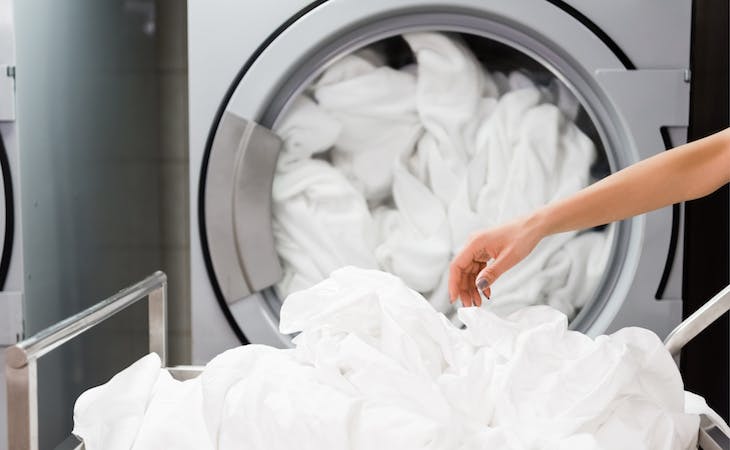
Fleas can find their way into your bedding and fabrics, so it’s crucial to wash them at high temperatures to kill these pests.
Use hot water and a suitable detergent for bedding, pet blankets, cushions, and any washable fabrics. Additionally, consider using flea treatment products, such as sprays or powders, on these items for added protection.
3. Using Flea Sprays and Insecticides
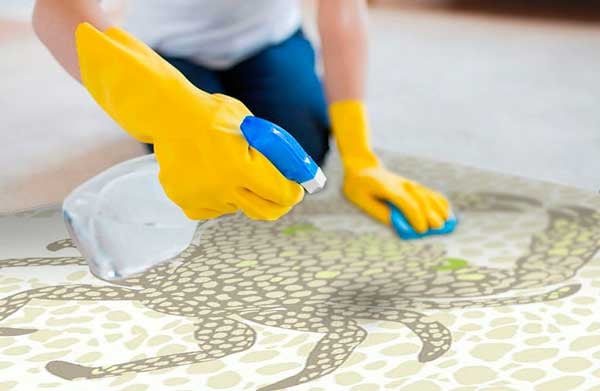
Flea sprays and insecticides can be effective in eliminating fleas from your home. Look for products specifically designed for indoor use and follow the instructions carefully.
Ensure that the spray or insecticide is safe for use around children and pets. It’s advisable to treat all infested areas, including carpets, upholstery, and cracks and crevices.
4. Employing Natural Remedies
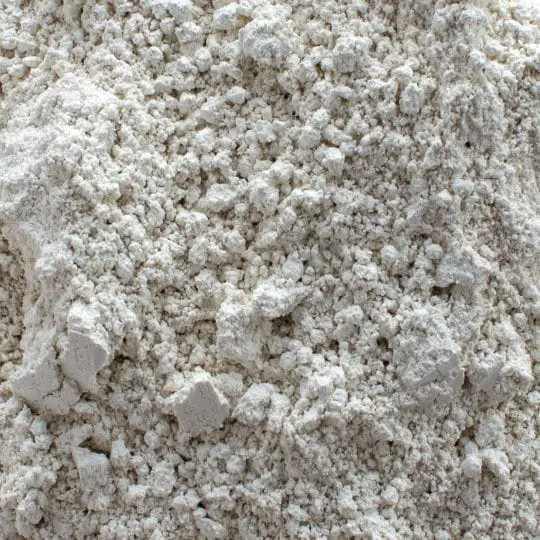
If you prefer natural alternatives, several remedies can help repel or kill fleas. These include diatomaceous earth, a fine powder that dehydrates fleas, and herbal repellents like rosemary or lavender.
However, it’s important to note that natural remedies may not be as potent as chemical options and might require repeated applications.
5. Utilizing Flea Foggers or Bombs
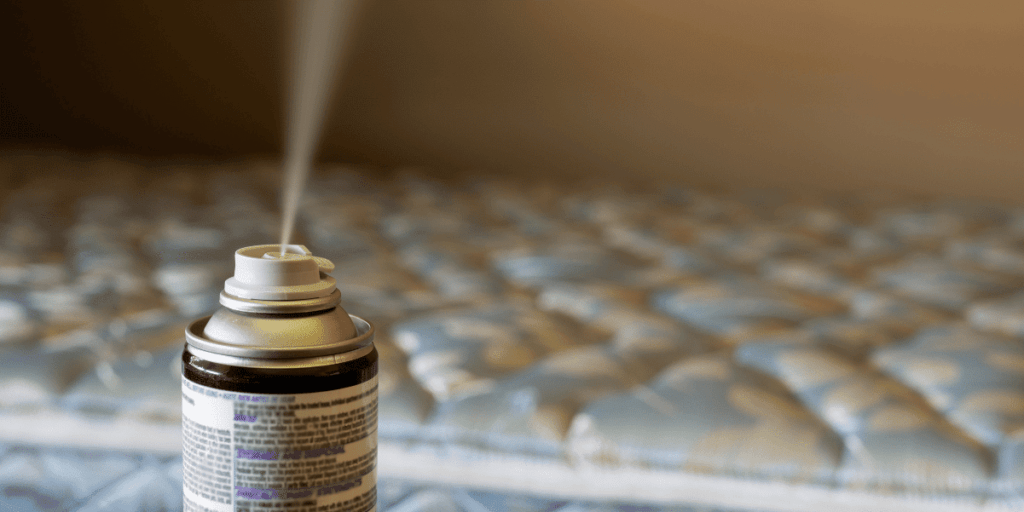
Flea foggers, also known as flea bombs, are aerosol devices that release insecticide mist throughout an enclosed space.
These can be effective in treating large areas, such as multiple rooms or an entire house, by reaching hidden areas where fleas may be hiding.
Before using a flea fogger, ensure that you follow the instructions carefully and take necessary precautions, such as covering or removing food, pet bowls, and exposed surfaces.
It’s also advisable to leave the treated area for a specified period as directed by the product.
6. Applying Boric Acid Powder
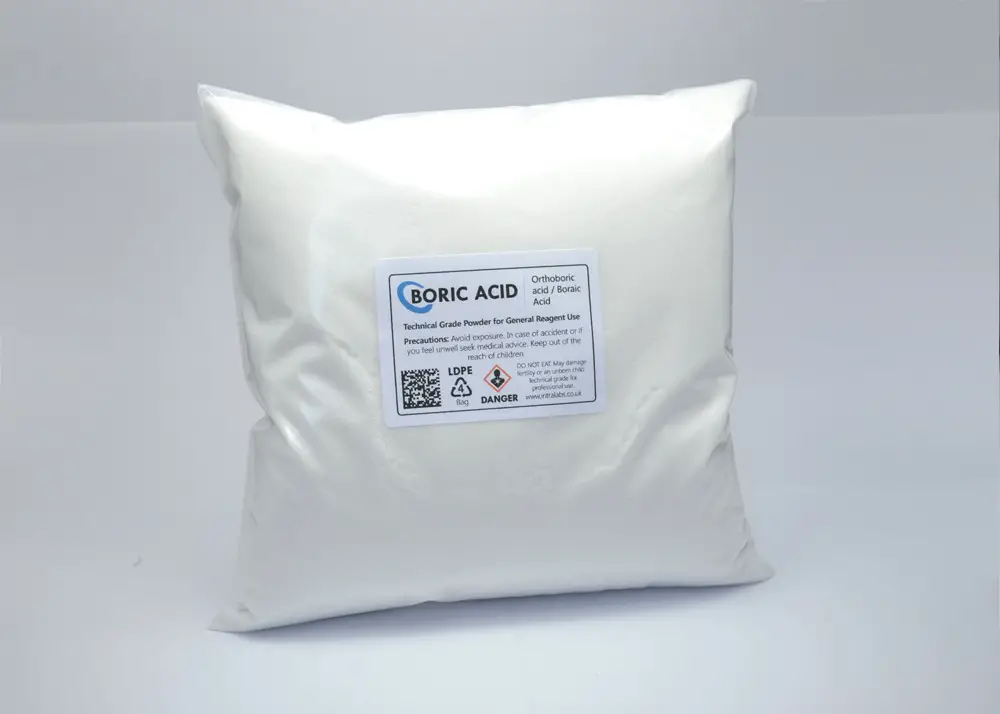
Boric acid is a white powder that can be used to kill fleas and their larvae. It works by dehydrating the pests and disrupting their nervous system.
Sprinkle boric acid powder on carpets, rugs, and other infested areas, and use a broom or brush to work it into the fibers. Leave it for a few hours or overnight before vacuuming thoroughly.
It’s important to note that boric acid can be toxic if ingested, so keep it away from children and pets. Follow the instructions on the product label and use appropriate safety measures, such as wearing gloves and avoiding inhalation.
7. Employing Heat Treatments
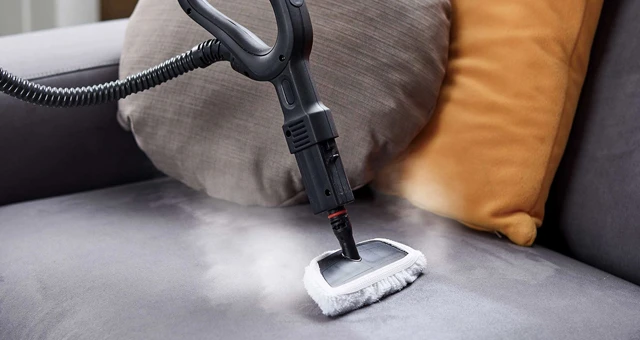
Fleas are sensitive to high temperatures, so using heat treatments can be an effective method to eliminate them. Wash infested items in hot water and dry them on the highest heat setting to kill fleas and their eggs.
You can also use steam cleaners on carpets, upholstery, and other surfaces where fleas may be present. The heat from the steam kills the fleas, making it an environmentally friendly option.
8. Regularly Mowing Your Lawn and Pruning Vegetation
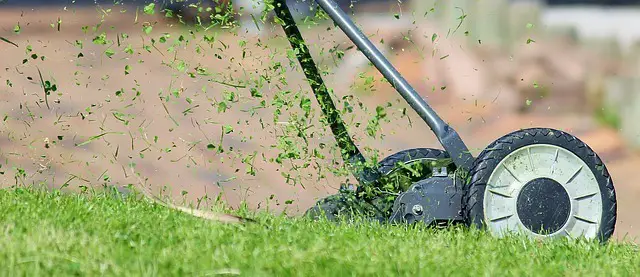
Fleas can inhabit your outdoor areas and make their way into your home. To prevent this, maintain a well-groomed lawn by regularly mowing the grass and removing any overgrown vegetation or debris where fleas may hide.
Pruning shrubs and bushes near the house can also help reduce flea populations. Consider creating a barrier of gravel or wood chips between your lawn and your home to deter fleas from migrating indoors.
9. Consulting Pest Control Professionals
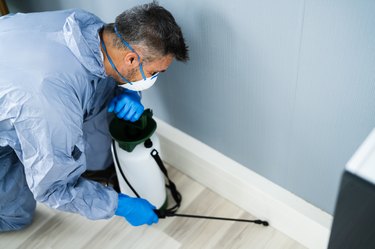
In severe infestations or if your efforts do not yield satisfactory results, it’s advisable to seek professional assistance.
Pest control professionals have the expertise and specialized treatments to tackle stubborn flea infestations effectively. They can assess the extent of the infestation and provide targeted solutions to eradicate fleas from your home.
how to keep flies out of the house?
While dealing with fleas, it’s also important to keep flies out of your house. Here are some practical tips to achieve a fly-free environment:
1. Regular Pet Grooming and Flea Treatment
Regular grooming and flea treatment for your pets are essential to prevent fleas from infesting your home.
Brushing your pets regularly helps remove any fleas or flea dirt, while flea treatment products, such as spot-on treatments or flea collars, can provide long-term protection against these pests.
2. Maintaining a Clean Indoor Environment
A clean indoor environment is less likely to attract fleas. Regularly vacuum your carpets, rugs, and furniture to remove any potential hiding spots for fleas.
Additionally, wash your pet’s bedding frequently and keep your living areas clutter-free to minimize flea infestation risks.
3. Using Fly Screens And Netting
Installing fly screens or netting on windows and doors helps prevent flies from entering your home while still allowing fresh air to circulate.
Make sure the screens are in good condition, without any holes or tears that could serve as entry points for flies.
4. Eliminating Food Sources
Flies are attracted to food sources, so it’s important to minimize their availability. Cover or store food properly, especially fruits, vegetables, and meat.
Keep your countertops clean, wipe up spills immediately, and avoid leaving dirty dishes in the sink for prolonged periods.
5. Using Fly Traps And Repellents
Fly traps and repellents can be effective in controlling flies indoors. Various types of fly traps are available, including sticky traps, bait traps, and electric traps. Additionally, using fly repellents, such as sprays or candles, can help keep flies at bay in specific areas of your home.
6. Professional Pest Inspections
Scheduling periodic pest inspections by professionals can help detect early signs of flea infestations and address them promptly.
Pest control experts can identify vulnerable areas and provide tailored recommendations to prevent fleas and other pests from invading your home.
FAQs
1. Can fleas survive in my house during winter?
Fleas can survive indoors during winter, especially in well-heated homes. They thrive in warm and humid environments, so maintaining a consistent indoor temperature can provide favorable conditions for their survival.
Taking preventive measures and regularly treating your pets for fleas can help ensure a flea-free home during winter.
2. How long does it take to eliminate a flea infestation?
The time it takes to eliminate a flea infestation can vary depending on the severity and the methods used.
With a comprehensive approach that includes regular vacuuming, cleaning, and the use of appropriate treatments, you can start seeing significant improvement within a few weeks.
However, complete eradication may take several weeks or even months, depending on the extent of the infestation.
3. Can I use essential oils to repel flies?
Yes, certain essential oils, such as citronella, lavender, and eucalyptus, are known to repel flies. You can create a homemade fly-repellent spray by diluting these oils with water and spraying it in fly-prone areas.
However, it’s important to note that essential oils may not be as effective as chemical-based repellents and may require frequent reapplication.
4. What should I do if my pet has fleas?
If your pet has fleas, it’s crucial to address the issue promptly. Start by using a flea comb to remove any visible fleas and flea dirt from your pet’s fur.
Then, bathe your pet with a suitable flea shampoo, following the instructions provided. Additionally, consult your veterinarian for appropriate flea treatment options and guidance on preventing future infestations.
5. Are chemical flea treatments safe for pets?
When used according to the instructions, most chemical flea treatments designed for pets are considered safe.
However, it’s important to choose products specifically formulated for your pet’s species and weight, as well as follow dosage guidelines.
If you have any concerns, consult your veterinarian, who can recommend the most suitable and safe flea treatment for your pet.
6. Do flies transmit diseases to humans?
Yes, flies can transmit diseases to humans. They can carry various pathogens, including bacteria, viruses, and parasites, on their bodies and transmit them through contact with food or surfaces.
Diseases transmitted by flies include salmonellosis, cholera, dysentery, and eye infections. Maintaining good hygiene and taking measures to prevent fly infestations can help reduce the risk of disease transmission.


